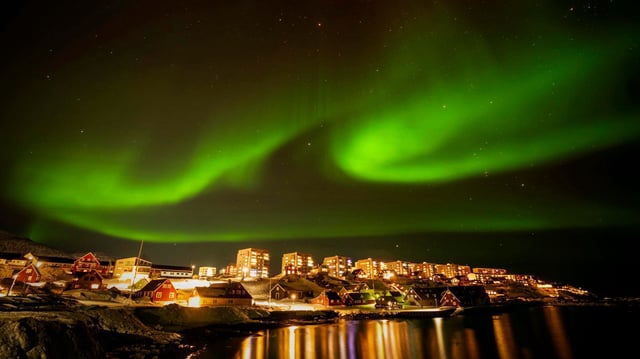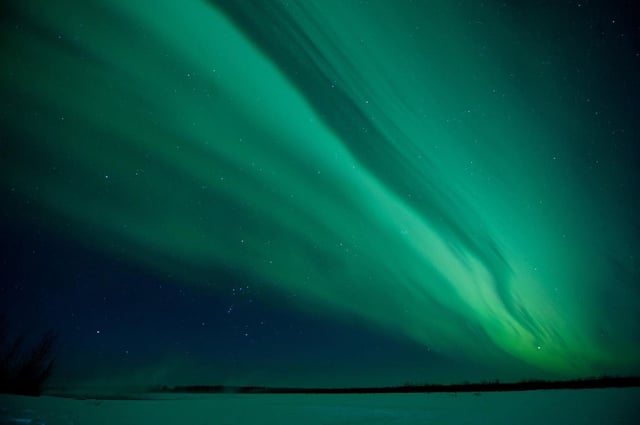Overview
- NOAA predicts a G2-class geomagnetic storm on April 22–23, with auroral activity driven by fast solar winds from a massive coronal hole imaged by NASA.
- The northern lights are expected to be visible in up to 12 U.S. states, including Alaska, Washington, Idaho, Montana, and Maine, under clear and dark skies.
- The aurora borealis forms when charged solar particles collide with Earth's atmosphere, exciting atoms and molecules that release energy as light.
- Solar Cycle 25, which peaked in October 2024, continues to produce frequent solar activity, extending auroral visibility farther south than usual.
- Optimal viewing conditions for the auroras are between 10 p.m. and 2 a.m., away from light pollution and under mostly moonless skies.



